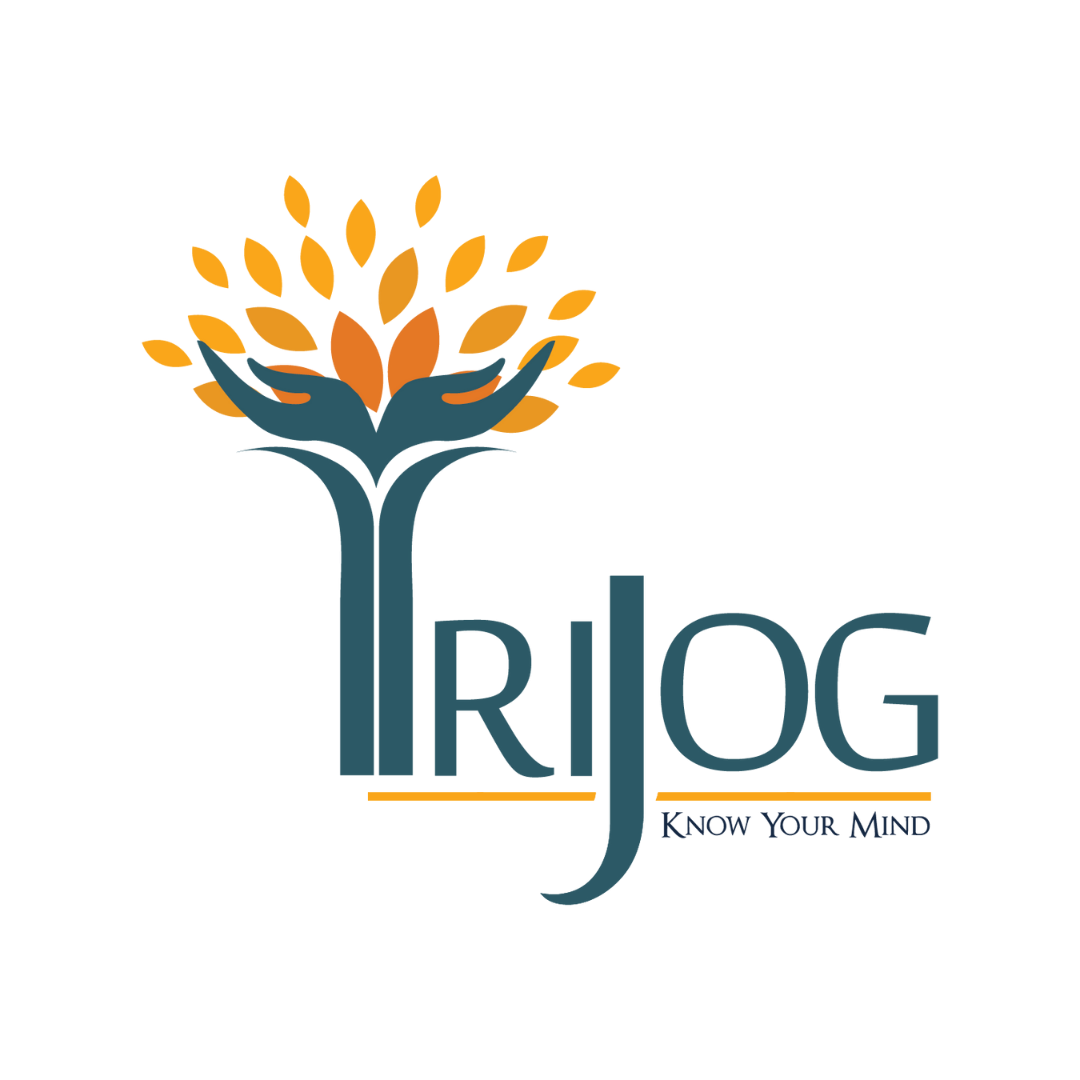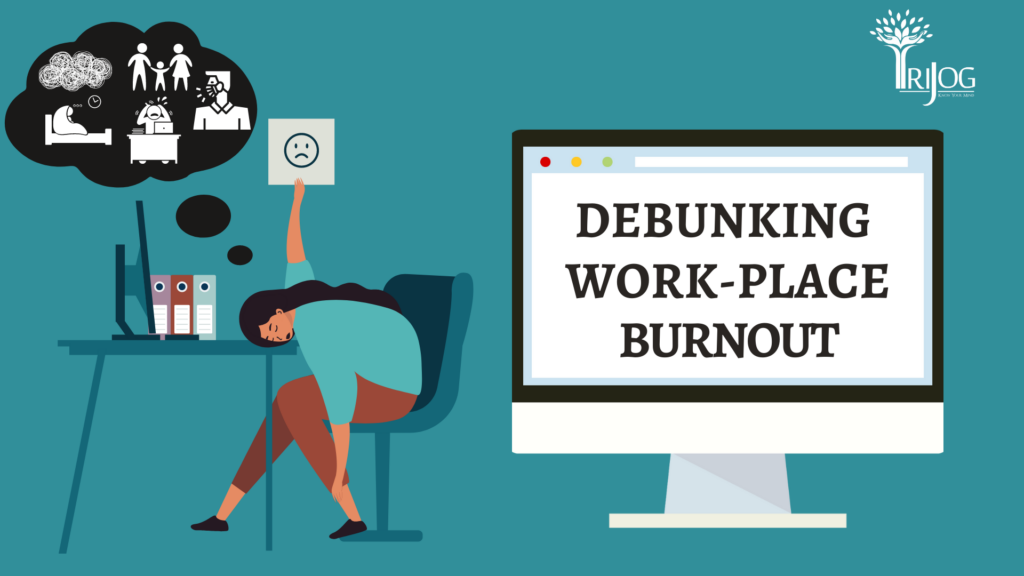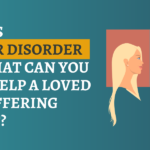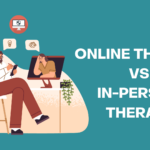- You probably must have heard about excessive working being related to the word “productivity” a lot since the pandemic started. After the acceptance of work from home as the new normal, the foundation of professional and personal boundaries or balance comes into question.
- We often hear more about the positive sides of working from home, one of the major ones being the comfort that comes with it but the negative sides were hardly reflected upon. The long working hours, added work pressure, and having your workplace shifted to your personal, safe space can cause a great amount of distress.
-
Research conducted by the World Health Organization (WHO) and the International Labour Organization (ILO), suggested that high work pressure and extended working hours resulted in a 29 percent increase in death in 194 nations. According to statistics, 40 hours per week are the ideal working hours, and anything over that is considered a health risk.
- The stress load and glorification of overworking in India is a huge area of concern. Indian employees facing mental health problems are unable to speak up to their superiors because of the constant competition and normalization of overworking being directly proportional to success. In India, the work culture praises slogging, which allows bosses to take advantage of employees’ vulnerabilities by forcing them to work long hours.
Employees facing burnouts are extremely normal but most of the time, they don’t notice until physical symptoms start creeping in. But, what exactly is burnout? Herbert Freudenberger, a German-American psychologist, coined the term “burnout” in 1974 to describe the physical or mental collapse caused by overwork or stress.
These work-related chronic stress symptoms are quite often dealt with on an ad-hoc basis and the underlying causes are not addressed until it all becomes too much to deal with. In a country like India where mental health awareness still hasn’t reached its full potential, employees can find it challenging to address burnout in their workplace or discuss it with their colleagues. There are both mental and physical effects of burnout.
Here are some common symptoms to look out for when your body screams for a work-break:
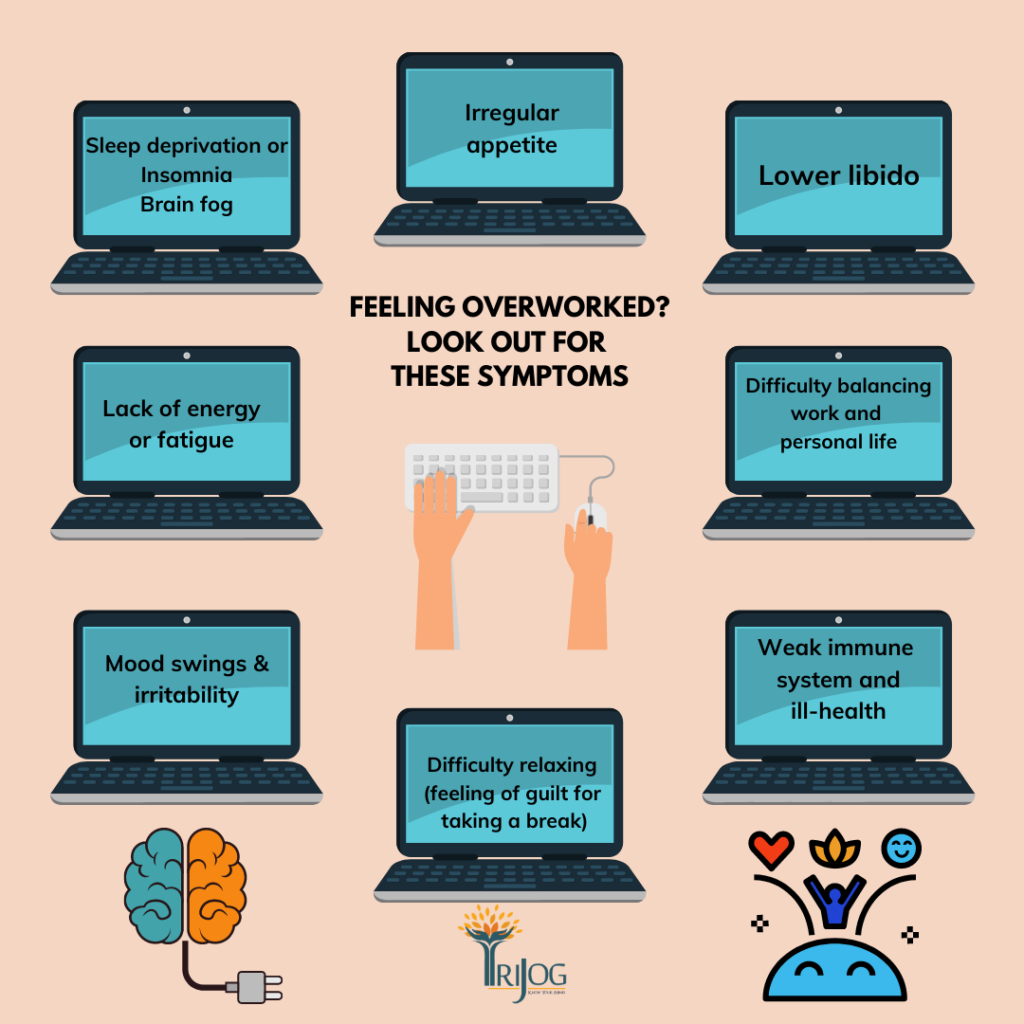
The stress-related hormones that are secreted due to burnout can have adverse physical effects on an individual as well. Overworking has been a major cause of coronary heart diseases, some researchers even suggested Type 2 diabetes, vulnerability to illnesses, high blood pressure, and the likelihood of death before the age of 45. As for mental health, work stress is a major contributor to depression, anxiety, anger & irritability, and social isolation. The pandemic has just added to the pressure of employees trying to keep up with the constantly evolving work dynamic.
Since the whole stigma around mental health hasn’t been addressed very openly in the country, one of the biggest obstacles of employee-facing burnout is how can they address it to their superior?
Some points that can help you deal and approach the topic of burnout with your boss:
-
Find a close confidante and share what you’re going through with them, it can be a friend or a coworker. Having third-party support will always make you feel more comfortable.
-
Have an open conversation with your superior and help them understand what burnout really is. Do not assume that they already know. Let them know that it was a difficult situation for you to bring this up and a break is an absolute necessity.
-
Try and reflect on why you’re facing burnout. Try to list down things that will help you get past this phase. Trying methods like journalling can help you pen down your thoughts in an organized manner.
-
Put yourself first. When you take your time off of work, practice a lot of self-care and do things that you love doing to relax unapologetically. Don’t be afraid to disconnect. It’s critical that you prioritize your mental health and well-being to get back on track later.
-
Find additional support if not friends or family. One can attend group therapies, self-help groups or seek professional help from a counselor. Group therapies will help one find emotional balance and third-party support to relate to. A counselor will be able to guide one through the process and suggest ways to overcome it.
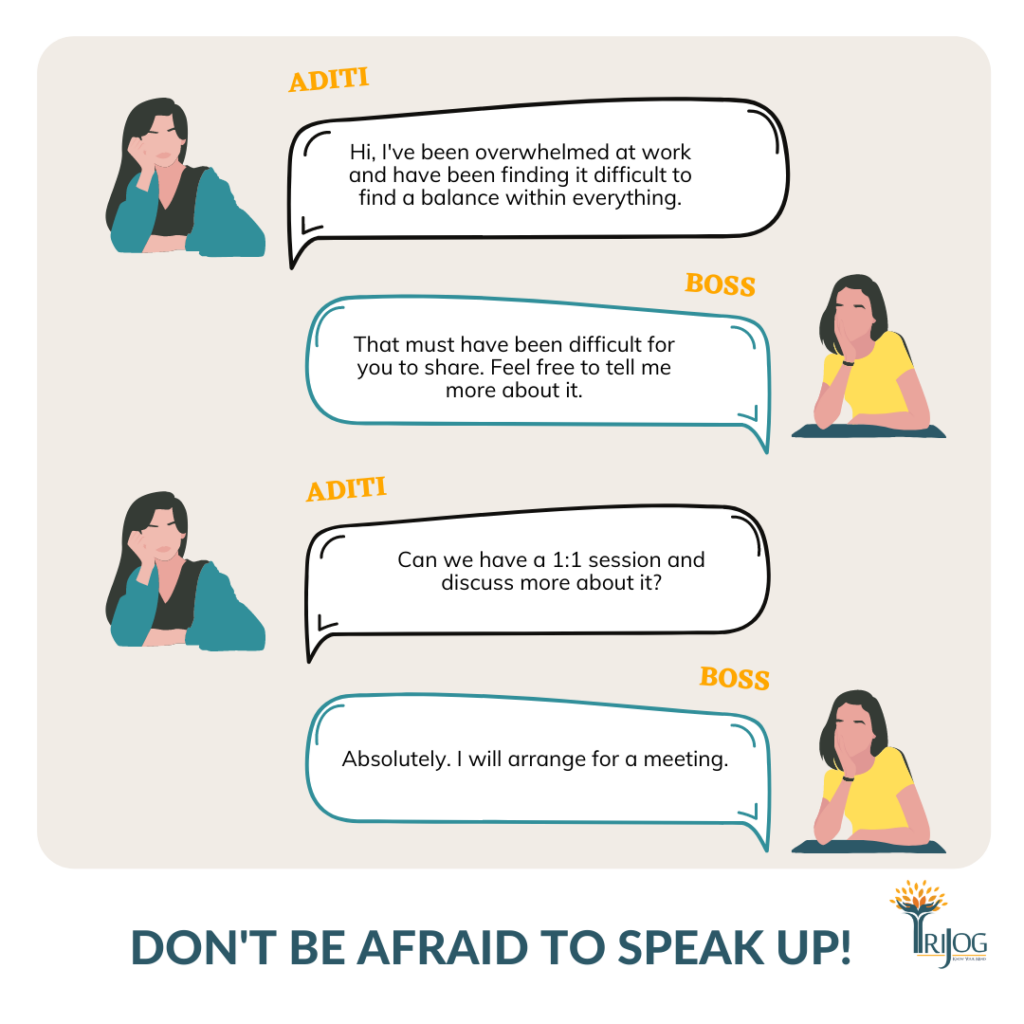
One in every three person’s life is affected by work stress overload. The consequences of not addressing one’s burnout can be pretty drastic where in most cases the individual turns to unhealthy coping mechanisms like alcohol or substance abuse, isolation from social and professional life, anger towards close relationships, and inability to keep up with responsibilities.
Workplaces can do a lot to support employees’ mental health by providing good health insurance, access to external counseling and well-being services, and policies that promote a healthy work-life balance, as well as creating a culture where simply speaking up and asking for help feels normal and safe.
Very few Indian workplaces enroll for an EAP (Employee Assistance Program) because of various reasons but it is highly recommended by healthcare professionals. “At Trijog, we provide personalized employee assistance programs & corporate wellness solutions that are trusted by over 80+ leading organizations, and every service provided goes through numerous quality checks to deliver the best solutions to our clients.”
Our Program Benefits
- 7 day Dedicated Customer Care Helpline
- Verified Domain Expertise with accreditation
- 24x7 Customized Landing Page for Bookings
- Reports & Metrics
- Support in 15+ Languages
- Self Help Tools & Reminders
Always remember, you’re not alone and you don’t have to be!
